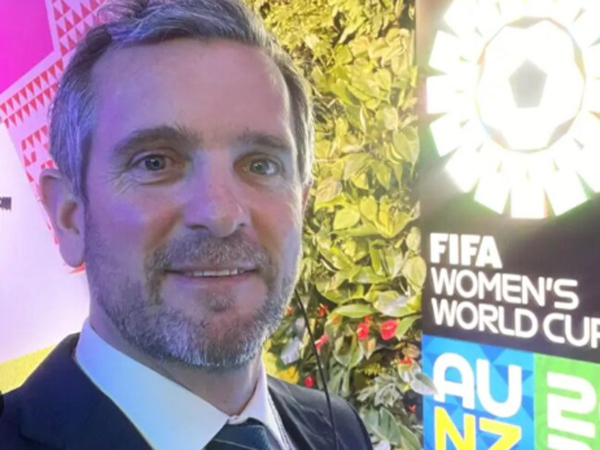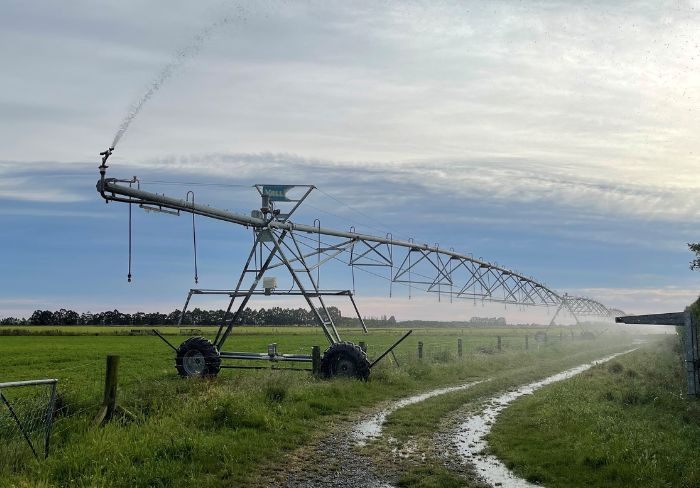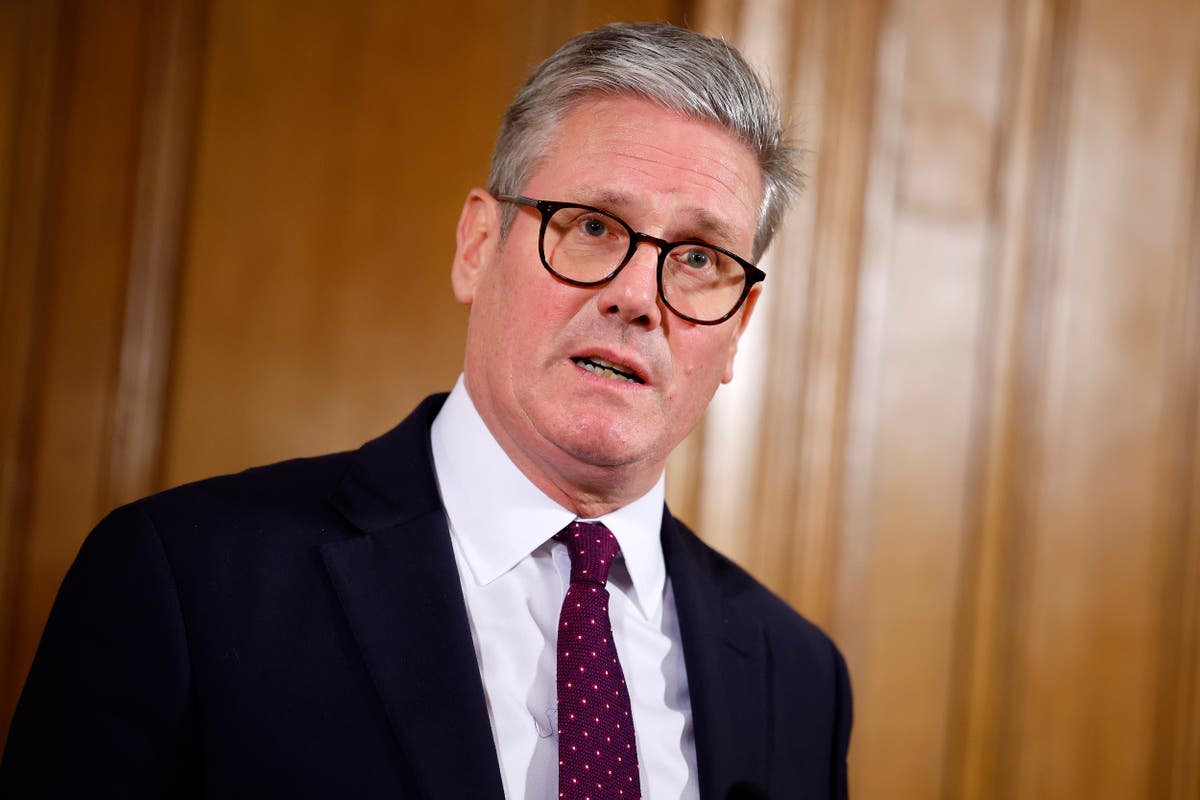[ad_1]
A group formed in the wake of last year’s election calling for the exploration of surface options for the now cancelled Auckland light rail project want to take the politics out of the transport problem in the country’s biggest city.
Surface Light Rail has gathered 1000 signatures on a petition asking the Government to deliver a surface option in place of the $228 million axed project.
But the group has hit something of a dead end gaining the ear of the new Minister of Transport – a staff member from the office of Simeon Brown told the group via email that he was unable to meet.
The group’s vision represents something of a middle ground between the proposed tunnelled option from the previous Labour government and this National-led Government’s 180 degree turn.
The surface option has been championed by some prominent figures in Auckland’s political landscape, including Auckland Mayor Wayne Brown and Auckland Central MP Chlöe Swarbrick.
The mayor – ever a fan of projects with a boots-on-the-ground pragmatic bang for buck – saw the allure of the lower price tag on a surface option.
Speaking to BusinessDesk last year he reckoned the potential $30 billion on the tunnelled option could pay for around four lines above ground.
But as the death warrant for the tunnels was signed during the coalition negotiations late last year, it appears this may have been the death knell for any non-subterranean alternative.
The Government’s focus has instead shifted to completing the City Rail Link and bolstering rapid transit links to the city’s northwest, largely through the promise of dedicated bus lanes.
Surface Light Rail founder Connor Sharp called the cancellation of the project “unsurprising” but believed it could be an opportunity for other locally driven solutions.
He said a surface option could balance “cost, deliverability, accessibility, connectivity and emissions reduction for a solution that is built by Auckland for Auckland”.
Daniel Cliffords, also of Surface Light Rail, said the project had become an unfortunate political football around the election.
Labour and National positioned themselves on opposite ends of the project, meaning neither possible coalition leader was promising to look into cheaper surface options.
With Labour, the promise was to go full steam ahead with the tunnels. Former minister of transport Michael Wood appeared at the ground-breaking for a soil sample test in Sandringham last February and said his spirit animal was a donkey: “I just keep going with these things – and I’ll keep going with this one until we get it done.”

At the same time, Simeon Brown was appearing at public events promising to kill the project.
Whether the country veered left or right, it appeared there was little hope for a serious look at a cheaper surface version.
Cliffords said the Surface Light Rail group wanted to see the idea of light rail given a refresh and a new sense of identity.
“We don’t want this to be politicised,” he said. “This isn’t a political experiment, it’s a transport project.”
Newsroom met with Cliffords in a Kingsland cafe that had serendipitously recently put up a large mirror-backed map of Auckland’s once-thriving network of trams.
For the first half of the 20th Century, Aucklanders were able to commute into the city along 71km worth’ of tramways. It was the world’s only ‘coast-to-coast’ network, with lines running from the shores of the Waitematā to Manukau Harbour.
But somewhere in the middle of that century – not long before the Auckland Harbour Bridge became part of the landscape – the private vehicle was given precedence.
The Southern Motorway opened in 1953, heralding the end of the trams.
Despite a lot of discussion in recent years on what light rail should look like for Auckland, the prospect of a return to those halcyon days of streetcars down Dominion Road was quickly shelved.
Auckland Light Rail Limited said the previous government endorsed the tunnelled option out of three options, citing benefits like reducing street-level impact and flexibility over route location.
The indicative business case for the project said investigations found a surface rail line down Sandringham Road would require relocating significant underground services over to Dominion Road – necessitating the excavation of both of these main arterial roads across the isthmus.
The case reasoned tunnels being bored underfoot and under traffic would avoid these pitfalls.
But at the same time this caused the overall projected cost to skyrocket, postponing the earliest possible day the track could begin to be laid down.
These exact factors placed the project squarely in the crosshairs of the National Party.
“The Government’s decision to scrap Auckland Light Rail means that we can stop work on a project which has not delivered and get on with delivering the critical transport infrastructure that Auckland needs,” the new Minister of Transport said as he swung the axe down on the project once and for all last weekend.
[ad_2]
Source link





















